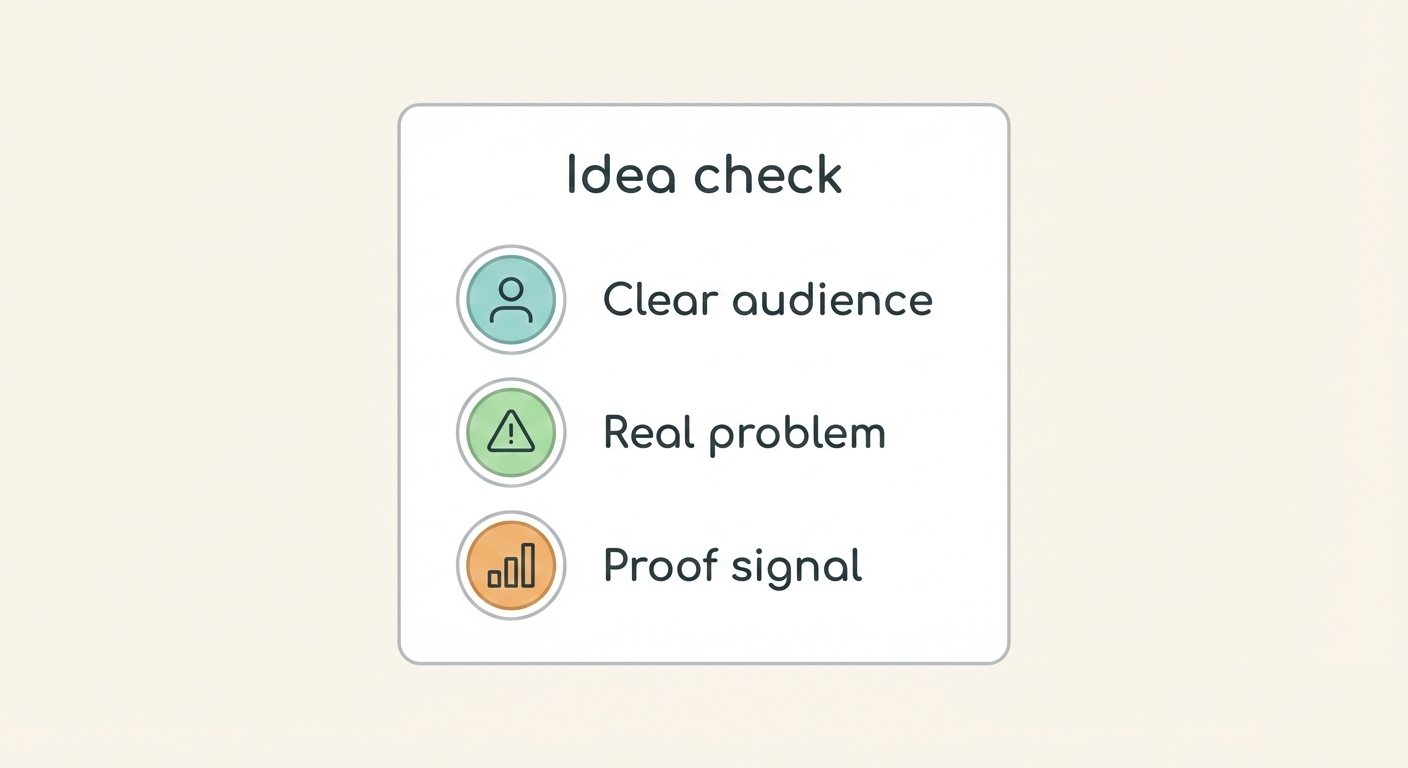Expanding your business - ways to drive growth. Part 1
Part 1: Increasing your customer base

The first part of a four-part blog series starts our look at the ways in which businesses can stimulate growth.
When your thoughts turn to business growth…
The concept of business growth is one that virtually everyone with responsibility for managing a business sometimes has thoughts on.
From a one-(wo)man-band operating their own business looking to grow enough to support hiring the first employee, to large enterprises with a global footprint that need to satisfy private investors and stockholders, the need to create growth is an irresistible force.
The credit crunch and the Great Recession made an enormous dent in almost everyone’s aspirations to create growth. Essentially, when the entire world is faced with a structural economic problem such as we saw in 2008, any plans for growth have to pretty much go out of the window. The reality for many was you had to fight to prevent business contracting and shrinking your bottom line.
In the absence of real growth, many companies were driven to create the illusion of growth through restructuring. Thankfully, for those that survived the trials of the last ten years, the majority of companies are stronger, leaner and more efficient. And businesses which have got off the ground since, have done so in a period where the financial baselines have been redrawn and expectations have been adjusted to match.
For high growth industries, like tech, the last ten years have been one of unrivaled opportunity. Automation through software, the cloud and connectivity has opened the floodgates to efficiency solutions. It’s no coincidence that the world’s first two trillion-dollar market cap. businesses are behemoths that straddle tech across the globe.
In this day and age, and especially in tech, it’s commonplace for companies to pursue a growth hacking strategy to enable them to get to the next round of funding. This is not just startup and early stages businesses, it can be an any stage business.
Typically, growth hacking is about increasing sales. Here we discuss the essential driver of this - piling on prospects, feeding the pipe and increasing your customer base.
Time for some more advanced marketing?
Effective marketing is instrumental to driving growth through increased sales. Marketing is one of the top-level business practices and it is a cornerstone of the MBA programs of business faculties across the world.
The principles of marketing are well understood, and the vast majority of businesses have structured marketing activities in place. However, competitive pressures are such that competency in the basics is often no longer enough. Can you do marketing better?
Increasingly, company websites are hubs around which marketing revolves. One obvious way it to throw more money at the search engines by using more advanced PPC online advertising and AdWords tactics to drive you acquisition strategies. But there may be better ways to and you might want to consider spreading marketing investment about on some other initiatives.
Unleashing the power of psych!
Many companies are deploying sophisticated solutions to help them win more deals through improving the customer experience. Some methods are shaped from the analysis of buyer psychology.
Many are using conversion optimization to maximize the value of their websites. This is being widely practiced, increasing the effectiveness of driving website visitors to become customers. A/B split testing enables the effectiveness of different layouts of conversion-oriented webpages to be evaluated.
Conversion is not necessarily making an ecommerce sale straight off the webpage, it is any action you want the visitor to perform. That might be downloading a brochure, requesting a ring back or picking up the phone to call you.
But, buyer psychology is only part of the equation. Sophisticated digital technology solutions are also being widely used.
Software automation
Marketing automation centralizes marketing, storing all the content on your website on a marketing automation platform. Alongside this, the technology tracks webpage visits and download activity, and pushes out campaign elements to your design in response. Critically, this is used to create high levels of personalization, a critical element in creating high converting messaging and campaigns.
Intercom is one of the leading tools being used for tracking conversions and clicks and is being widely used to understand behavior and to assist in converting website visitors. This is popular among online software companies which are using such tools to boost conversion by uplifting engagement for people taking free trials and to make sure new signups stay with it and don’t churn.
Multichannel communication
Multiple communication channels or ‘multichannel’ - typically email, SMS, voice, social media and chat create multiple inbound communication streams. At scale, it is worth considering an integrated ‘optichannel’ solution which centralizes an optimizes channel communication to manage this properly.
The growth of social listening platforms has been driven by their uptake by consumer brands. With the ability to listen out for keywords in any social network, brands are able to identify unhappy customers who might spread doubt amongst customers and prospects. But it’s not just used to combat negative social comment. Using it to identify advocates helps brands amplify the positive social comments that are out there.
A snail-mail blast from the past: DM
To many, direct mail or DM may seem like a throwback to the past, but in amongst all the digital channels it still has a place. Consider combining digital campaigns with a well thought out DM element to create standout.
If it’s not time critical, when someone downloads a piece of content, and if the geography isn’t a challenge, why not consider sending them a personal invite through the post to a demo, seminar or an after-hours networking evening? Today, something on paper is likely to get noticed, demonstrating a level of interest beyond throwaway.
Content is King
It’s over 20 years since Bill Gates coined the phrase “Content is King.” And many believe it is still true today. If you’re not creating content, why not start doing content? Blogs, guides, white papers and case studies let you establish your credentials. ‘10x’ and pillar content can really help your brand to become a thought leader and own a topic.
If you are already executing a content program, think about how you can improve it. Can you create more? Can you improve it? As with many things, formulating a strategy lets you set out your aims and understand how you are going to set about achieving them.
PR (earned) and advertising (paid) media
Again, you can try throwing money at it in the shape of advertising. The biggest companies still turn to print. When they want to reach as many people as possible, print is used alongside their digital channels. Think about Facebook’s campaign to combat its negative image and the bleeding of users that resulted from successive issues, including fake news and the use of the platform to target users to influence elections, among others.
This campaign saw display ads on billboards and other street level sites. Full page adverts appeared in the national press. And of course, it was big news, so PR naturally fell out of the exercise.
Targeting the right specialist publications is a good way for smaller and SME sized companies to reach out using print advertising. Trade journals (and websites) where your customers might have a point of focus are likely to have reasonable costs.
When it comes to PR, you may not necessarily have to hire a publicist. You can do it yourself, but like many other things, it’s something of a ‘dark art’ and experience is an accelerant that prevents frustration as well as saving time.
To win with earned media, you need to create content that is newsworthy and which editors are likely to pick up on as interesting and of relevance to readers. The most successful PR campaigns are likely to use all available channels, including social media. Online PR platforms such as PR Newswire provide a good starting point to understand and help you kick off and manage your PR activity.
Events and Expos
Whatever area of business your company specializes in, there are likely to be a number of trade shows that are appropriate for you to exhibit at. However, a busy event or expo can be a somewhat chaotic environment where potential customers might pass by in numbers.
How do you catch their eye and make sure they linger so you can make that all-important elevator pitch, get their business card or zap and collect the data from their barcoded event pass? Eye catching graphics and powerful messaging are essential. Exhibition stands may have a high cost, but if you are planning to do a series of events, the branded graphic panels and pop-up banners are likely to be reusable.
Many people attending events may shortlist companies that they want to see and engage with. However, they may also be attracted by others about which they may not have known about before.
Remember, even if they are not next to you, your direct competitors may also be in the hall. So, walk around and investigate to see how you measure up. If you think you may be falling short, don’t worry. You have learnt something - you can be better prepared for next time.
Better marketing to help drive growth
Of course, it’s possible to increase your customer base without trying some advanced marketing. However, by focusing on doing your marketing better, you can accelerate the process and achieve more growth, faster.
To make sure you extract the maximum value from your investment in marketing, think about:
- Creating a comprehensive marketing strategy
- Integrating all the elements to understand how they link up
- Working with an agency to support your internal marketing efforts
The next blog of this short series examines another strategy for expanding your business and driving growth, Part 2: New markets and products .








